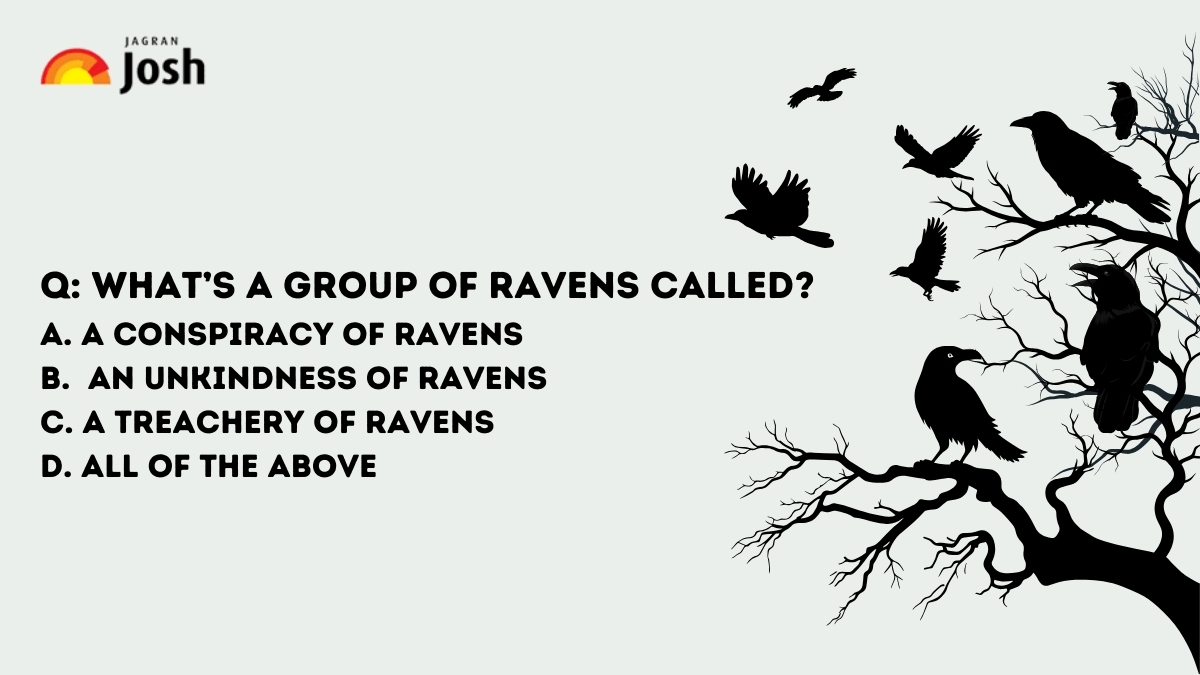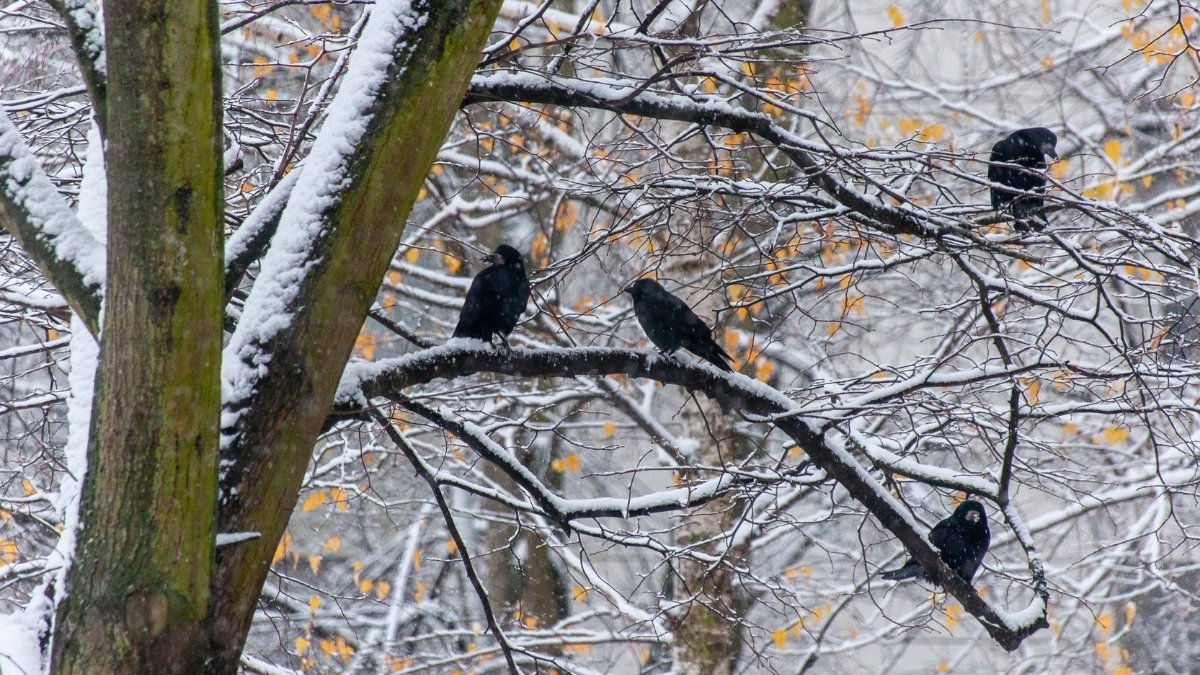Key Points
- A 'flock' is the common term, but historical terms like 'conspiracy' exist.
- 'Conspiracy' reflects ravens' collaborative behavior, observed since 15th century.
- 'Unkindness' stems from medieval views of ravens as ill omens.
What is a group of ravens called in the English language? The common raven, a creature of deep black plumage and profound intelligence, has held a place in folklore, mythology, and literature for centuries. Their powerful presence has inspired not just stories, but also the very names we use to describe them in groups.
If you've ever paused to watch these majestic, highly intelligent birds gather, you’ve likely wondered: What is the official, or even poetic, collective noun for a group of ravens?
The simple answer is that the general, modern term is a flock of ravens. But this simple name doesn't do justice to the drama and history of this species. The question "What is a group of ravens called?" has been asked many times and is still popular.
This shows that bird lovers and curious minds all over the world are still interested in more evocative and historical terms. The collective nouns, such as "unkindness" and "conspiracy," not only describe a group of birds, but they also show how people have long thought of these clever and mysterious animals.
What is a Group of Ravens Called in English?
A flock is the most common and scientifically accepted word for a group of birds. But the English language has a lot of historical and poetic collective nouns, called Terms of Venery, that go back to the Middle Ages. The traditional names for a group of ravens are:

1. A Conspiracy of Ravens
This term emphasizes the raven's intelligence and collaborative hunting or foraging behaviour, suggesting a group "plotting" together.
2. An Unkindness of Ravens
People think this older, more common word comes from medieval stories in which ravens were seen as cruel, maybe because they were seen as "unkind" to their own kind or because they were seen as scavengers near battlefields.
3. A Treachery of Ravens
A less common, but equally striking term, which again plays on the raven's ancient association with trickery and dark omens in various mythologies.
Find Out - What is a Group of Turkeys Called?
Why a Group of Ravens is Called a Conspiracy or Unkindness
The dramatic collective nouns associated with ravens are deeply rooted in their cultural reputation from the 15th century onwards, which perceived the bird through a lens of folklore rather than science.

Conspiracy
This term rose from the observation of their real-world behaviour. Scientific studies have confirmed that Common Ravens (Corvus corax) are highly social and exhibit complex problem-solving. They collaborate to find and secure food, and younger, non-mated ravens often roost and forage together in groups, suggesting coordination, an "almost conspiracy" to achieve a goal.
Unkindness
This is perhaps the most famous, originating from the common medieval European belief that ravens were ill omens, carriers of bad luck, or even embodiments of evil. The name simply reflects the perceived moral character of the bird in human society at the time, seeing them as "not kind" or malicious.
Check Out: What is a Group of Foxes Called?
5 Interesting Facts about a Group of Ravens
Here are some of the most amazing facts about how a group of ravens functions:
-
Hold a Grudge: Ravens remember individual human faces and behaviours. If threatened, they can remember the face and sometimes conspire with others to harass that person later.
-
Use Tools: Like primates, ravens create and use tools (e.g., modified sticks) in the wild and in labs to reach food, displaying high levels of planning and problem-solving.
-
Playful Acrobatics: Young ravens play games like dropping and catching objects mid-air, or even flying upside-down for fun.
-
Master Mimics: They can imitate a wide array of sounds, including the calls of other birds, animal noises like wolves, and sometimes even human speech.
-
Lifelong Bonds: While young birds form large groups, adult ravens typically live in monogamous pairs and defend a shared territory together.
Did You Know - What is the World's Biggest Spider Web Discovery Known til Date?
Ultimately, whether you call them a simple 'flock,' or lean into the drama of a 'conspiracy of ravens,' their intelligence and historical significance ensure that the Common Raven remains one of nature's most fascinating and enigmatic birds, captivating our curiosity for generations to come.
Comments
All Comments (0)
Join the conversation